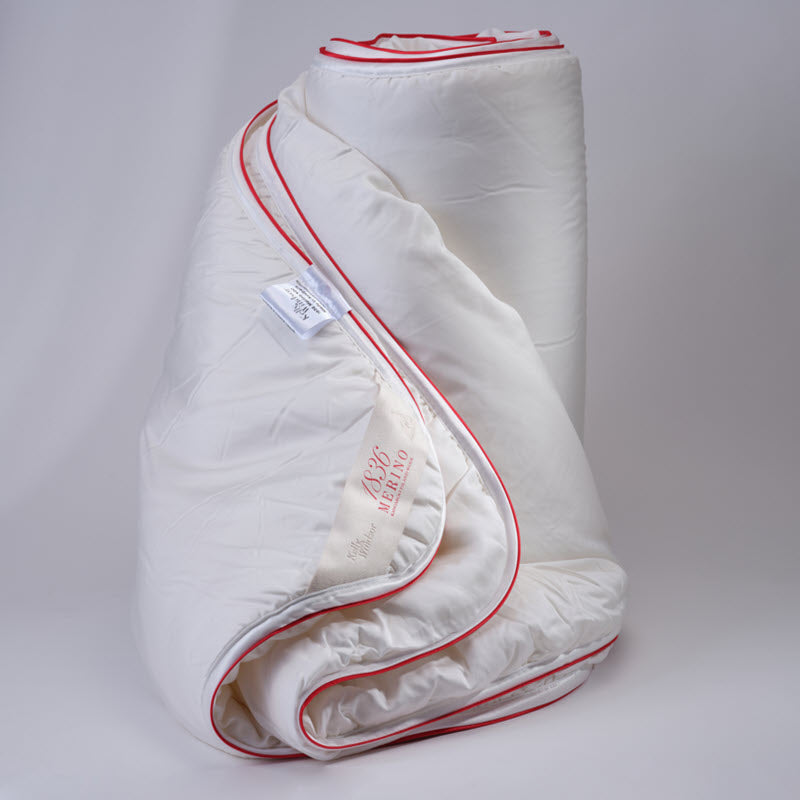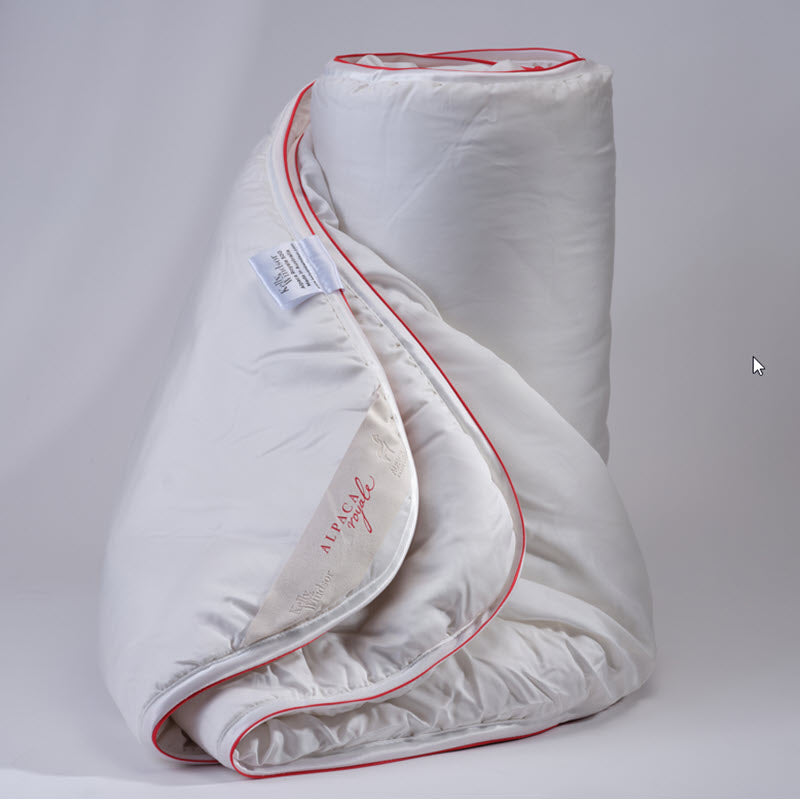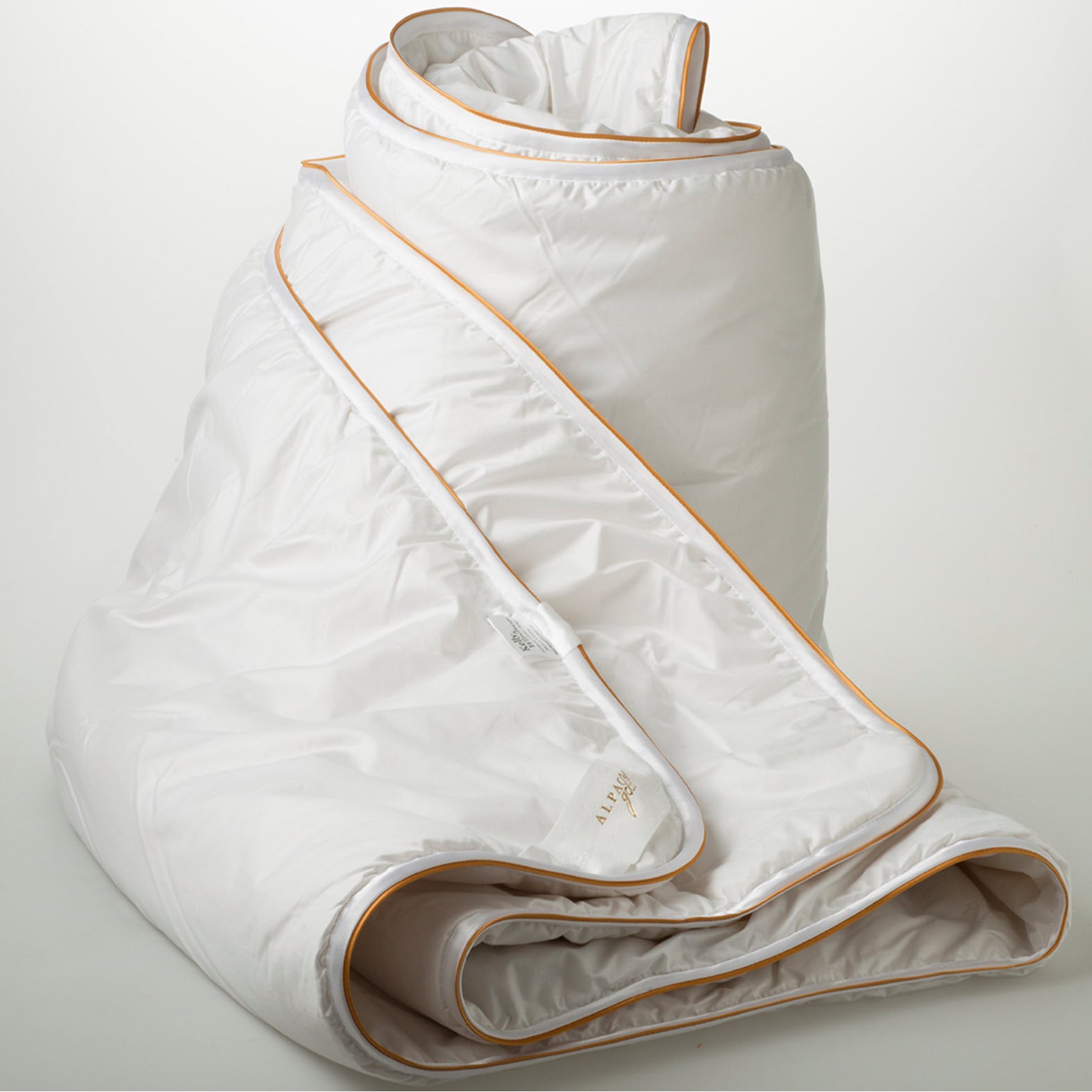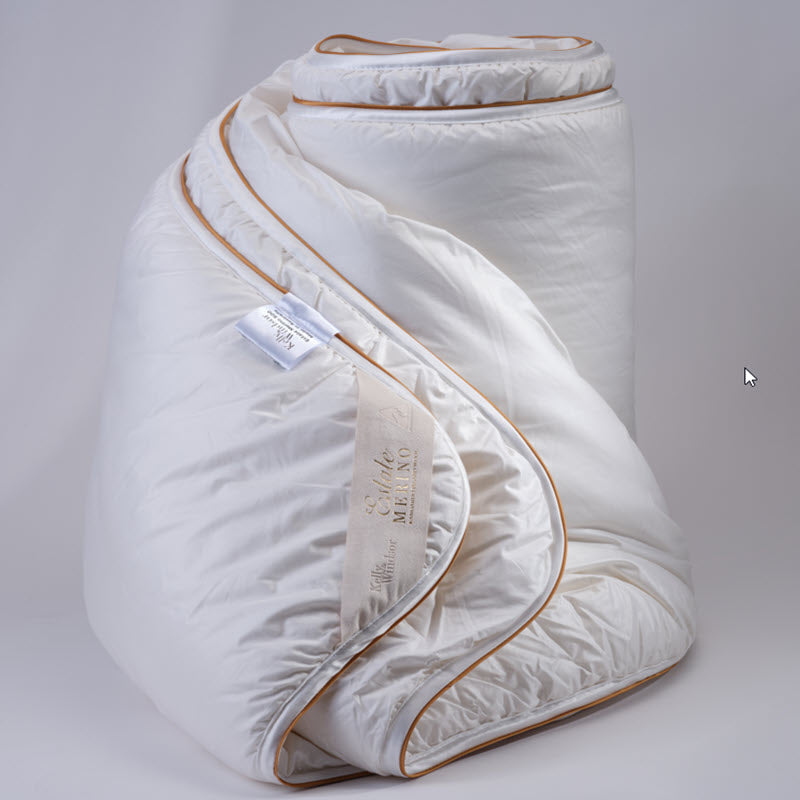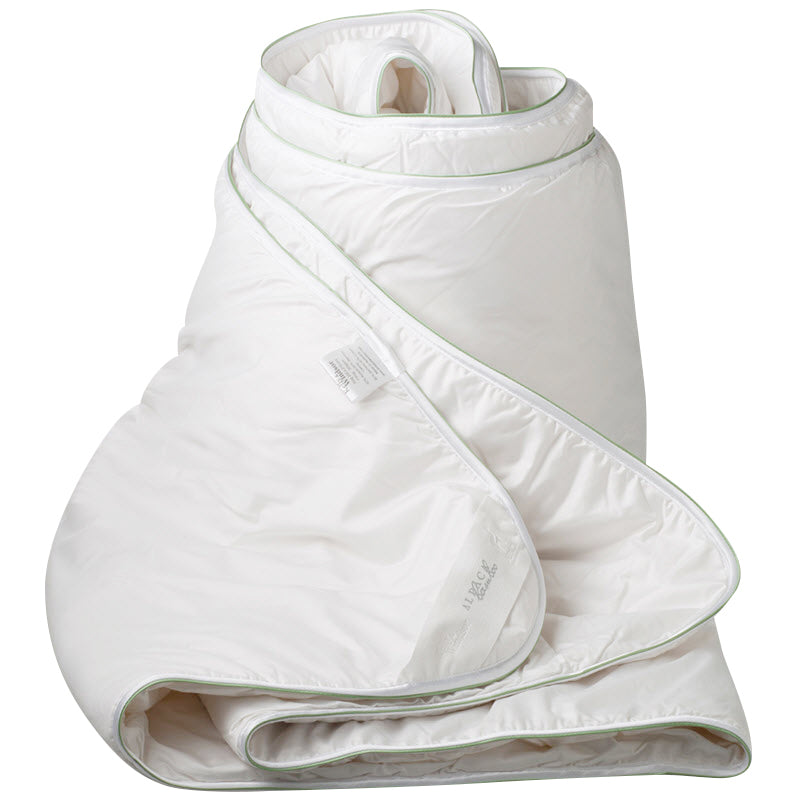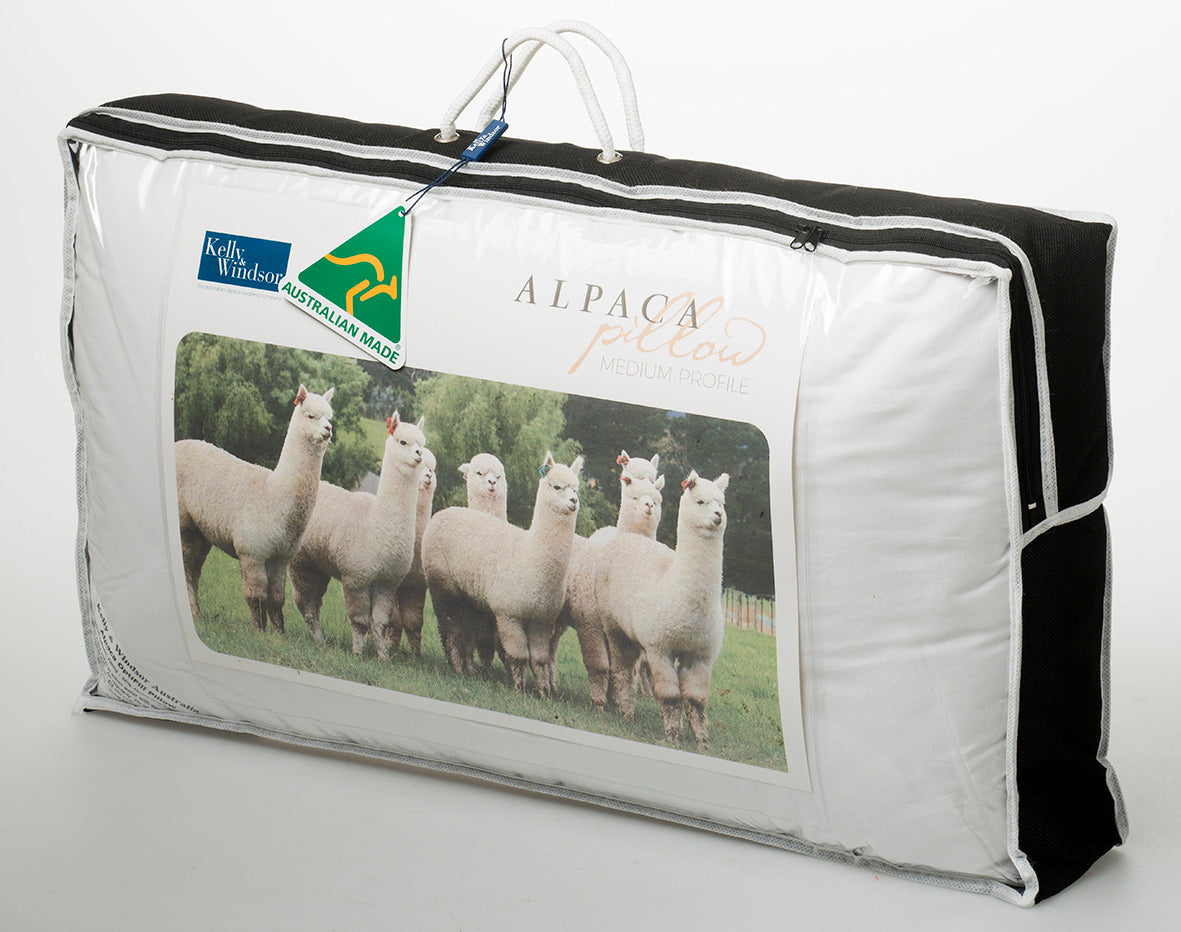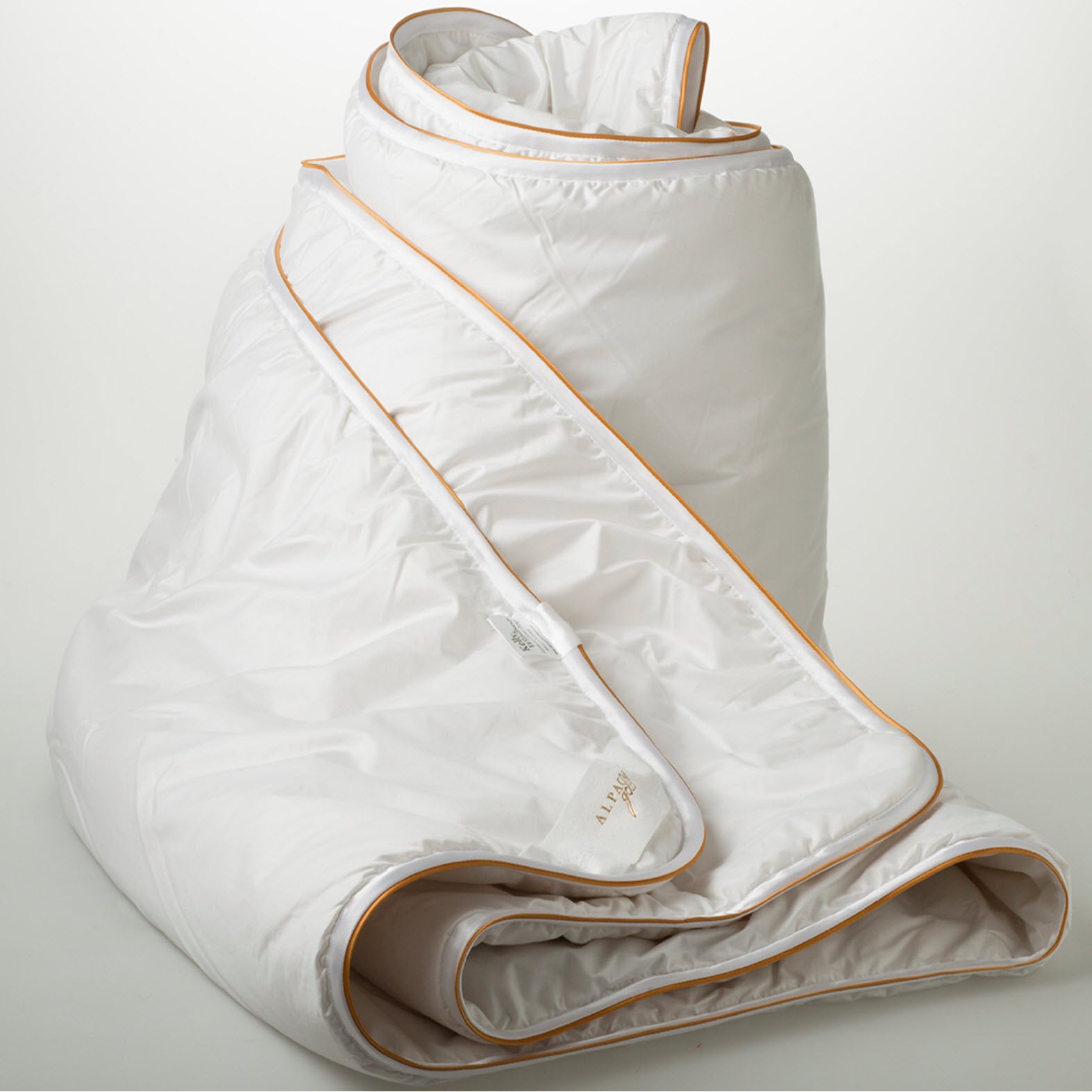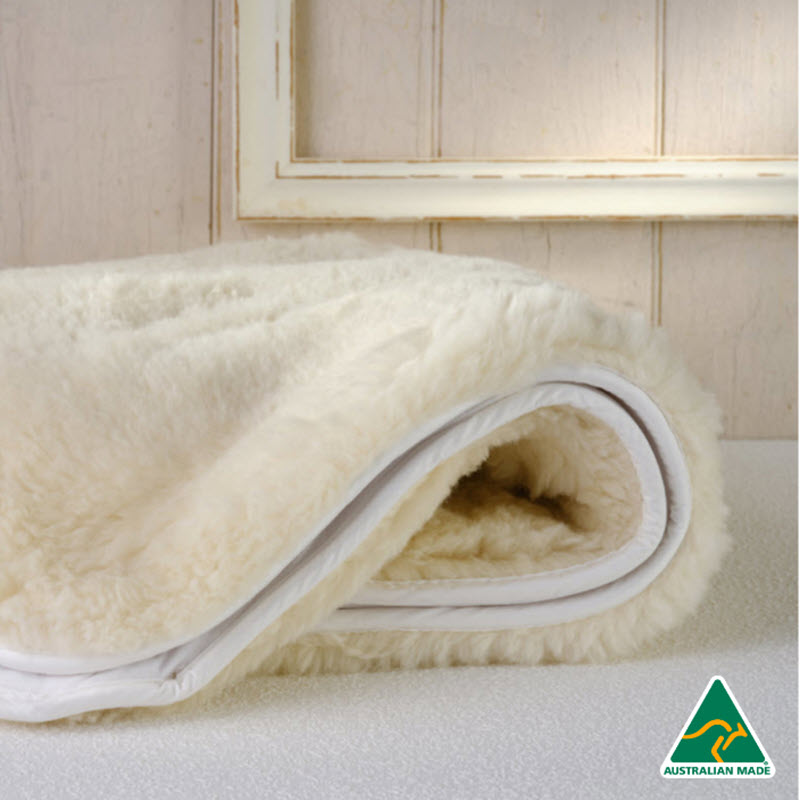HUGE BOXING DAY SALE - SHOP NOW
Alpacas and their South American heritage
July 24, 2017

The Alpaca and its relatives, the llama, Vicuna and Guanaco are part of the camel lid family, Lamos Pacos.
For thousands of years, these beautiful animals have been very important to the people of the ancient South American Andean civilization.
Domesticated since 2,500 BC, the alpaca and its relatives, have played a vital role in the daily life of the Andean people by providing fleece for clothing and blankets, meat and fuel. The Llama is primarily used as a beast of burden, for carry of heavy loads between mountain villages while the fine fleece from Alpacas was used for clothing and bedding in the cold winters. Vicunas are a very rare animal which is now protected animal and its super fine fibre is possibly the rarest animal fibre in the world. That's another story, so its back to alpacas...
During ancient Inca times, Alpacas were considered to be a gift from Inti, the Sun God, hence the title "Fibre of the Gods' and alpaca fleece was highly sought after and its use was reserved for nobility and royalty.
In the early 1,500's the Spanish landed in South America searching for gold. In their conquest they brought many significant changes to the Andean people and their beloved Alpacas.
The Spanish invasion brought war, disease and foreign animals, mainly cows, sheep and horses. These animals quickly took over the lower prime grazing land and forced the village owners and their Alpaca herds to move up to the higher altitude plains of the Andes mountains. At such high altitudes there are climatic extremes in a very harsh winter and hot summers and the alpacas adapted very well to the local conditions. The photo of the two alpacas in the Alto Plano at the start of this post is an excellent example of their optimal living conditions.
Today, the South American alpaca population is relatively small and is primarily concentrated in Peru and Bolivia. Interestingly, alpacas are almost unknown on the east side of South America. There are less than three million alpacas mainly living high in the Alto Plano plains of the Andes mountains of Peru and Bolivia which are over 4,000 metres above sea level. This compares with the global population of sheep which total over 250 million animals. This makes alpacas extremely rare, even more so than the cashmere goats.
Alpacas are a truly enchanting and rare animal, which by circumstance and geography have not been fully recognised until recently as one of the world's natural animal wonders.
Please read on as we publish more stories about one of the world rarest and most exotic animals and its wondrous fleece.

Alpaca fleece, fibre of the Gods.
Buy quality Alpaca products direct from manufacturer & save!
Categories
- Alpaca Bamboo Quilts
- Alpaca Quilts – Fibre & Fabrics
- Australian Bedding Manufacturer
- Australian Made
- Australian Owned
- Bedding products information
- Buying Advice
- Company
- Exports
- Fairs and Promotions
- High performance pillows
- Joscar-Aus
- Kelly & Windsor
- Kelly & Windsor natural fibre pillows
- Luxury Australian Made Natural Fibre Pillows
- Melbourne Manufacturer
- Natural fibres in bedding
- Our bedding products – Design & Quality
- Replacing your pillow
- Sleeping comfort & advice
- TVSN
- Wool Quilts - Fibres & Fabrics
Recent Articles
-
The Story Behind Our Alpaca Bamboo Range: Our Quiet Achiever
September 23, 2025
-
Kelly & Windsor: Now a JOSCAR-AU Accredited Supplier
September 14, 2025
-
Return to the TVSN Home Shopping Channel
August 10, 2025
-
When to Replace Your Pillows: A Guide to Better Sleep
June 30, 2025
-
What Are Tog Ratings? A Guide to Buying the Perfect Quilt
March 22, 2024




